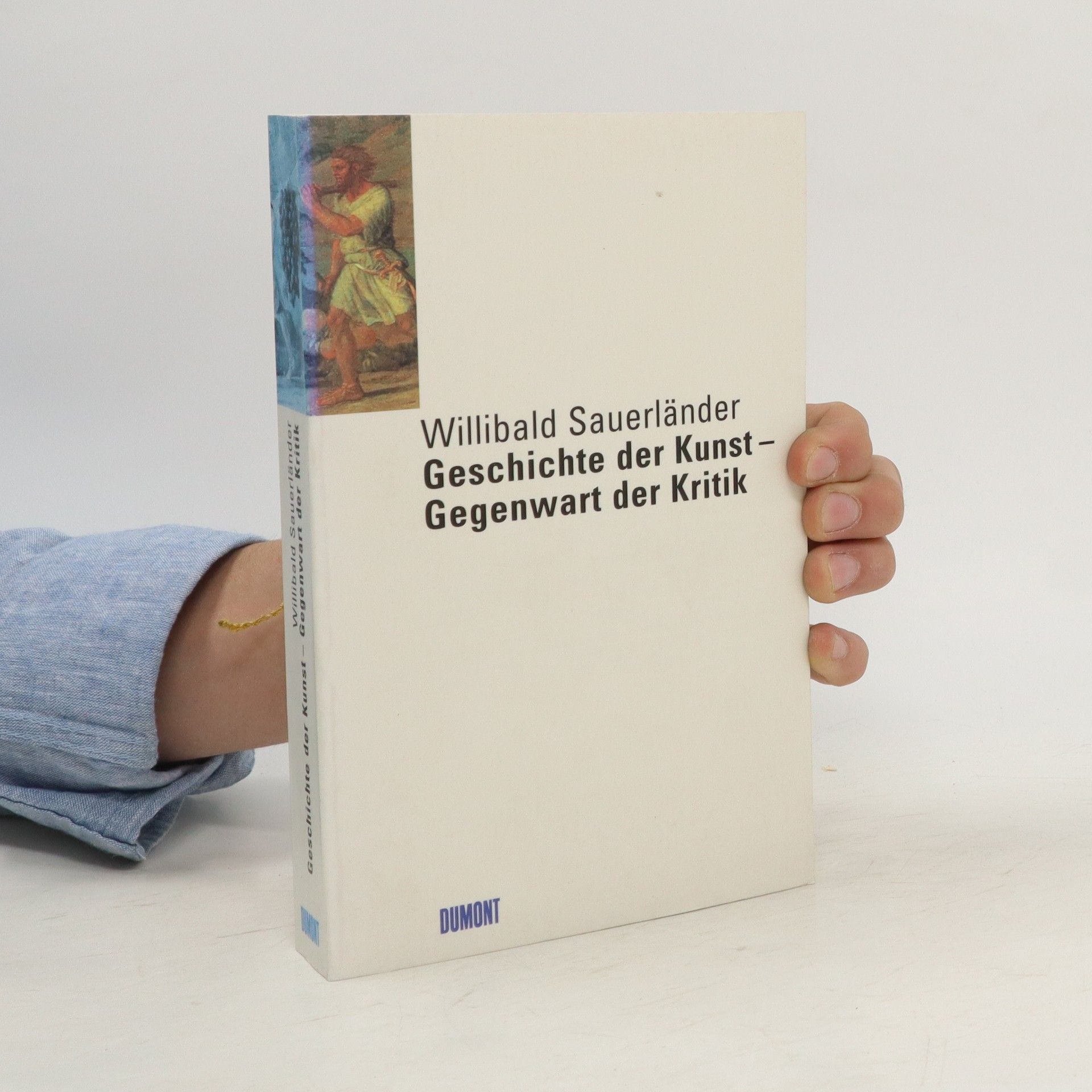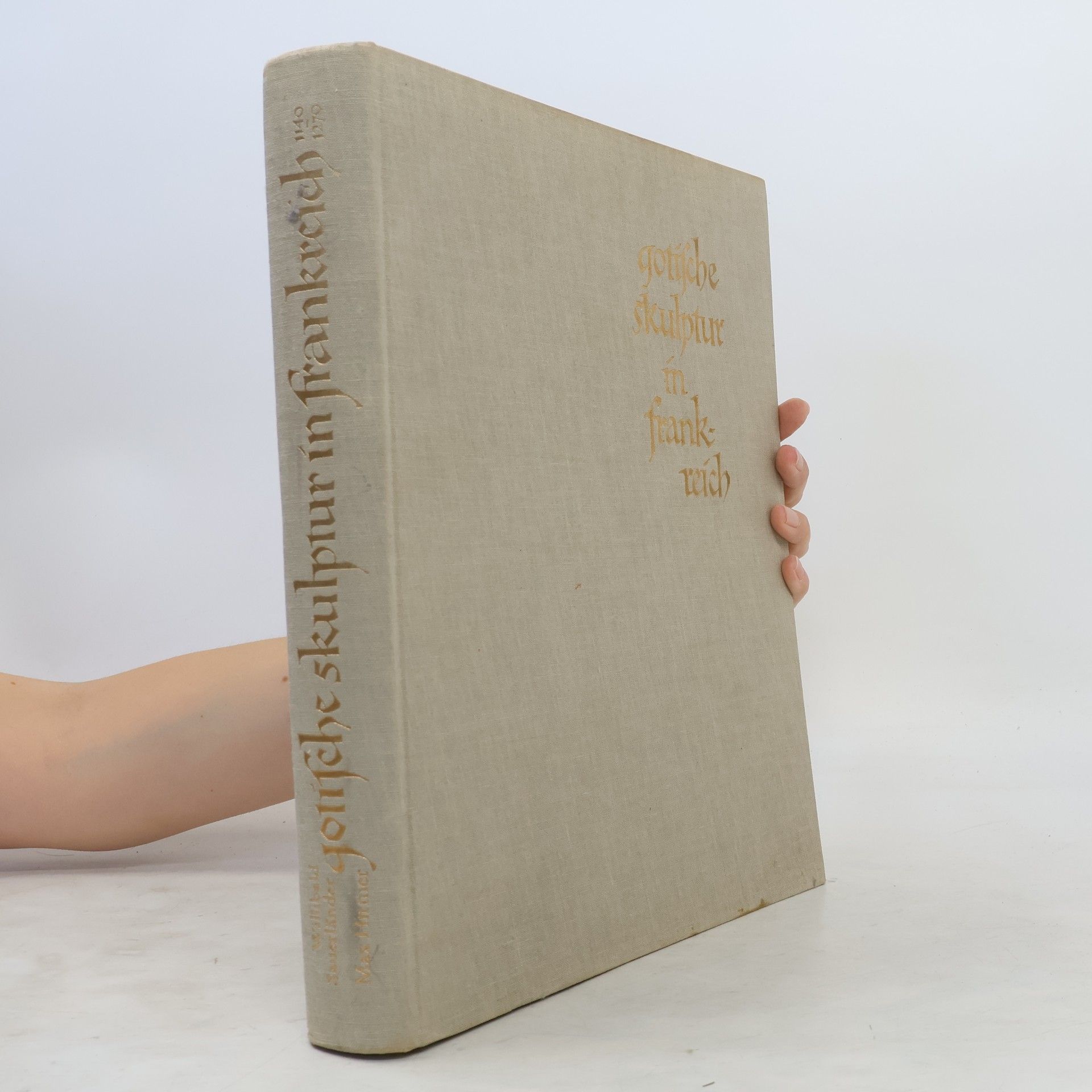In "Die Natur im Stundenglas der Zeit" untersucht der Kunsthistoriker Willibald Sauerländer die Landschaften von Nicolas Poussin, einem der bedeutendsten Maler des 17. Jahrhunderts. Sauerländer beleuchtet die erzählerischen Elemente in Poussins Werken und deren historische und mythologische Bedeutung, was für kunstinteressierte Leser faszinierend ist.
Willibald Sauerländer Book order
Willibald Sauerländer is a distinguished German art historian whose scholarly focus lies in Medieval French sculpture. His expertise was honed through significant academic leadership, including a directorship at the Munich Central Institute for Art History. Sauerländer's academic journey involved extensive study, doctoral research, and teaching engagements in major cultural centers like Paris and Princeton. This rich background provides a unique perspective on the evolution of art.
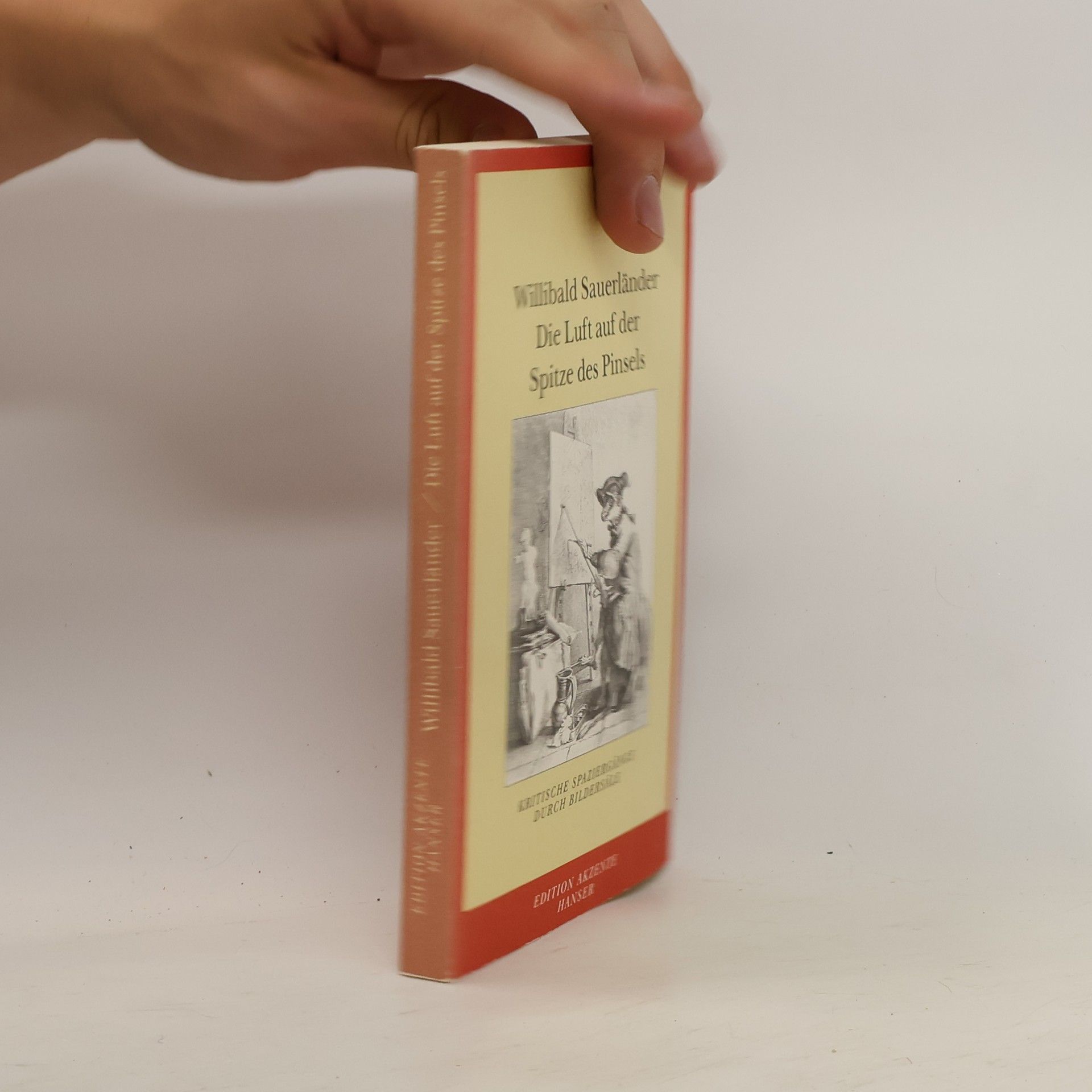
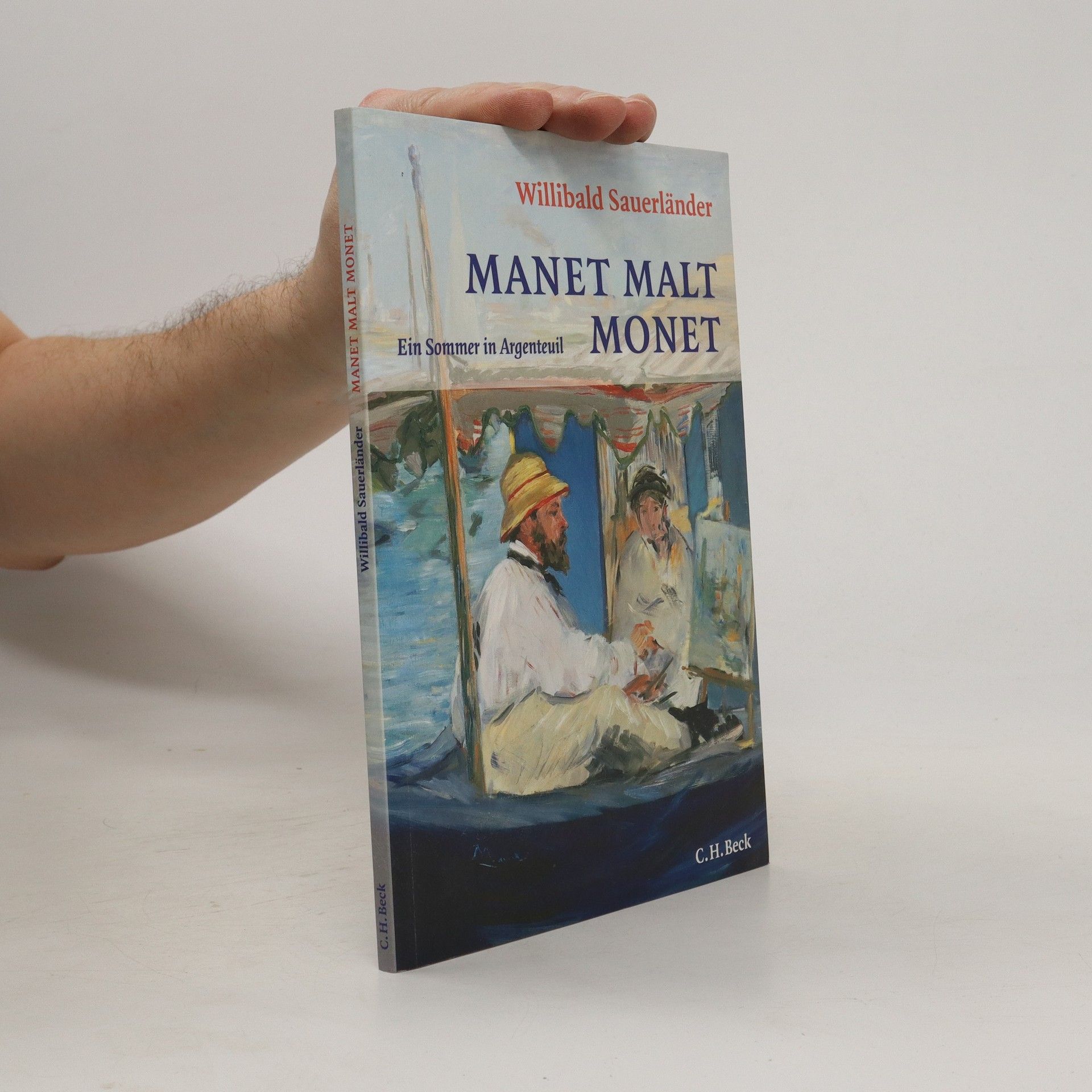

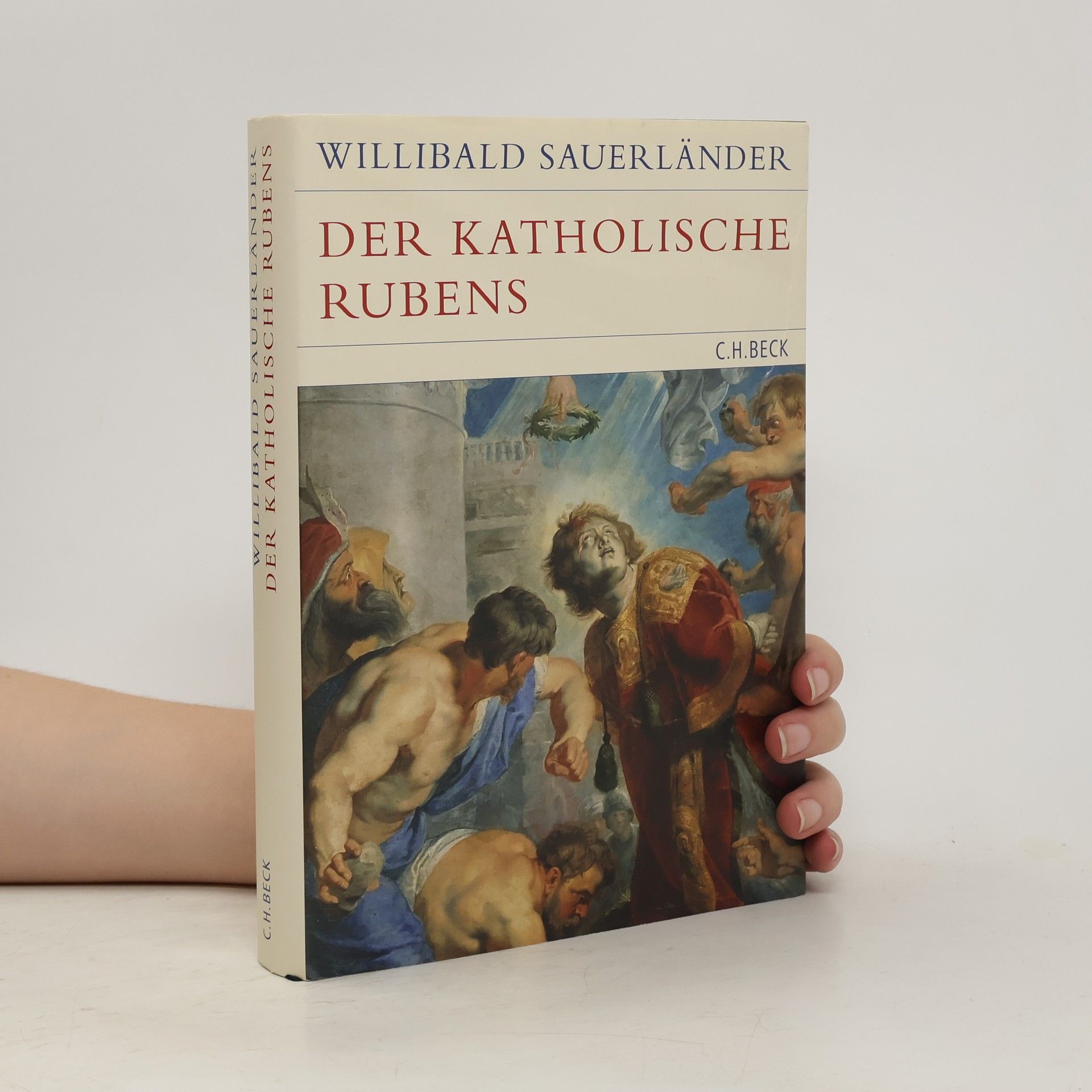

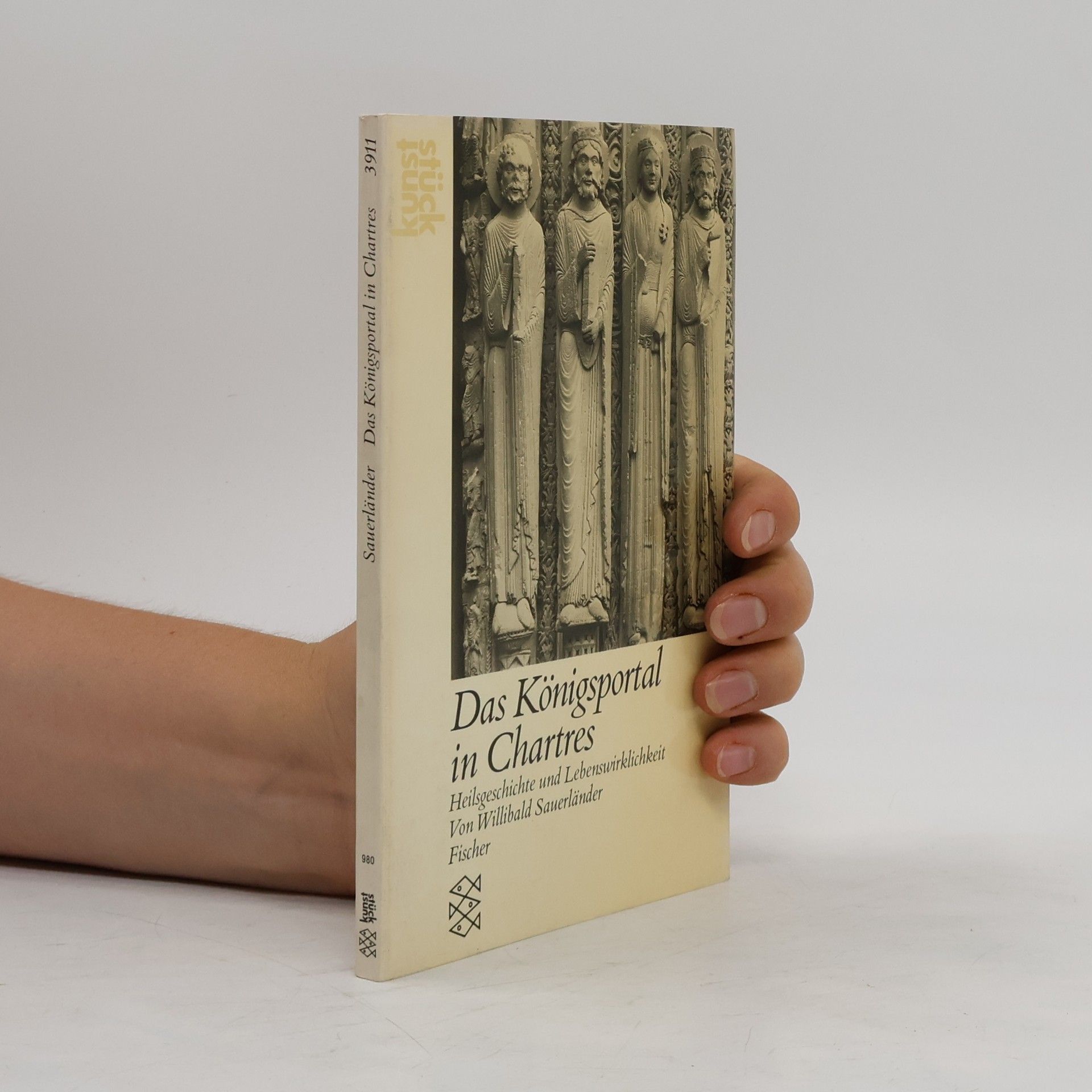
- 2024
- 2012
Willibald Sauerländer erzählt in dieser glänzenden Studie von einer glücklichen Stunde in der Geschichte der Malerei. Im Sommer 1874 treffen sich Manet und Monet, die herausragenden Künstler des eben entstehenden Impressionismus, in den Ferien in Argenteuil an der Seine. Ihre Annäherung findet in ihren Bildern statt und gipfelt in Manets herrlichem Porträt, das den malenden Monet in dessen Atelierboot zeigt.
- 2011
Die Kunst von Rubens wird für ihre Darstellung menschlicher Leidenschaften geschätzt, reicht jedoch weit über das Diesseitige hinaus. Sie bietet eine lebendige Sprache für eine Kirche, die sich von den Konflikten des 16. Jahrhunderts erholt. Rubens' Werke, besonders seine Altargemälde, sollten den Betrachter durch sinnliche Kunst zum rechten Glauben führen. Willibald Sauerländer beleuchtet die ursprüngliche Bestimmung und Wirkung dieser Bilder und enthüllt ihre tiefere religiöse Botschaft, die von modernen Missverständnissen befreit wird.
- 2002
Ein Rundgang durch große Ausstellungen der letzten Jahrzehnte und gleichzeitig ein Spaziergang durch die Kunstgeschichte: kaum eine Ausstellung, die Willibald Sauerländer, der große Flaneur unter den europäischen Kunsthistorikern, nicht besucht hätte. Seine Beobachtungen hat er in pointierten Essays festgehalten. Sie sind kunstgeschichtliche Seitenblicke, subjektive Urteile oder Anleitungen zum genauen Hinsehen. Eine kleine, sehr persönliche Geschichte der Kunst, verfasst von einem ihrer größten Kenner in unserer Zeit.
- 1984
Das Königsportal in Chartres
- 83 pages
- 3 hours of reading
- 1970
Gotische Skulptur in Frankreich
- 205 pages
- 8 hours of reading
